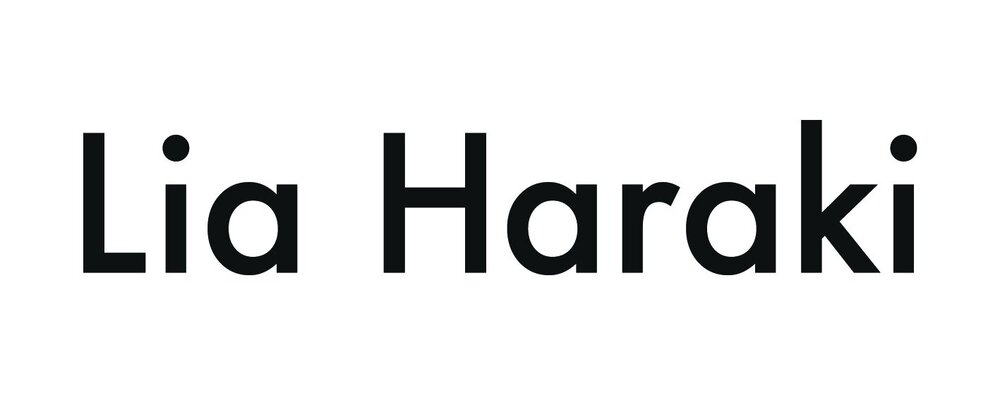Creation usually implies the development of an idea into form. The construction and crafting of a concept into matter.
I would like to give another perspective to the creative process as a process of undoing rather than doing so that the outcome can be revealed rather than developed. This way of thinking was triggered by my process of realizing the passing of time on my physical and mental body in an unusual way. We usually experience the passing of time through our bodies and its traces are found in the forms of knowledge, stored memory, trauma and many more elements which in their totality define our identities. Usually the passing of time is also evident on the body physically through its gradual deterioration and heaviness. In my experience, I understand growing up as a reversed process. A process of becoming lighter rather than heavier since growing up one can more esaily distinguish which element from ones life remains relevant and useful and which should be let go, or dropped away. It is like with aging, a person understands what is important to be kept and cared for and detaches from the useless, the unnecessary, and the heavy. In other words, the more one knows what one doesn’t want and leaves it behind, the more one becomes centered and stays with the essential. In this sense, the body and its energy become lighter and one might even feel younger than what they used to feel in their 20s. It’s like growing deeper rather than growing older. Nailing essence rather than dealing with nonsense.
In the creative process of making work, this notion of letting go can easily be applied as the artist often needs to let go and give up what is not necessary and relevant to the piece they are making. It is as if the artist is someone that does not start from a place of not knowing when entering a creative process but from a place of already knowing a lot like an older person having lived their life. In this sense rather than entering the workplace in a doubtful mode, the artist enters with a sense of knowing that they already have all the answers. The creative journey then is about observing the layers of thoughts and ideas which are relevant to stay and those who should be dropped off or pealed away to make room for the elements that are essential. Ιt is an unveiling process where eventually the core of one's work becomes visible.
A question then arises as to what might these layers be. Here are some that I tried to articulate:
A need or pressure to please the opinion of others (either people from the art industry, audience members, or our internal judgemental voice )
Ambitions which feed the ego and are foreign to the artistic work.
The need to shock, stand out, or be original
Imitating / stealing ideas from other artists rather than be inspired by elements from
other people’s work and develop them in one’s own way
Work habits and thought patterns that have worked previously but now do not suit
this new process / work
• Fear of not making the ‘right’ artistic choices. This often has to do with one's own notions of what ‘good art’ looks like. Nevertheless this fear sabotages efforts, trials and experiments that may lead to something interesting.
These haunting layers and many more, can very much keep one away from their core, as they may block the whole process. Once the artist becomes aware of which layers are not needed anymore, they can be dismissed and dropped in good time. Many times to let go of an idea or manner takes from an instance to some time and as in most things the passing of time usually allows for clarity of thought in the long run.
The onion process
There is a certain process I propose for artists to reach a state of trust where they become open to listening to what is already there.
The first stage of the process is to tune in with being so that listening to one's intuition becomes possible. For this, I propose an activity that is repetitive and keeps the physical body busy while the mind has not much room to doubt. Ιt is like a very simple puzzle. It is the ritual of peeling 8 onions with bare hands.
Following that, there is a process of digging deep into one's body of work by exploring 8 themes that I consider essential in one's way of working. The exploration includes writing, sketching, mapping, listing, thinking, and discussing the 8 themes and work towards the reflection, articulation, and clarification of the elements that make up one's artistic universe.
The 8 themes
The 8 themes that one may take into account in their creative process and articulate as much as possible are in my opinion the artistic practice, ideas and interests, working tools, artistic values, personal needs, references and influences from other sources, fears, and doubts and the element of the desired impact of the works to the audience.
